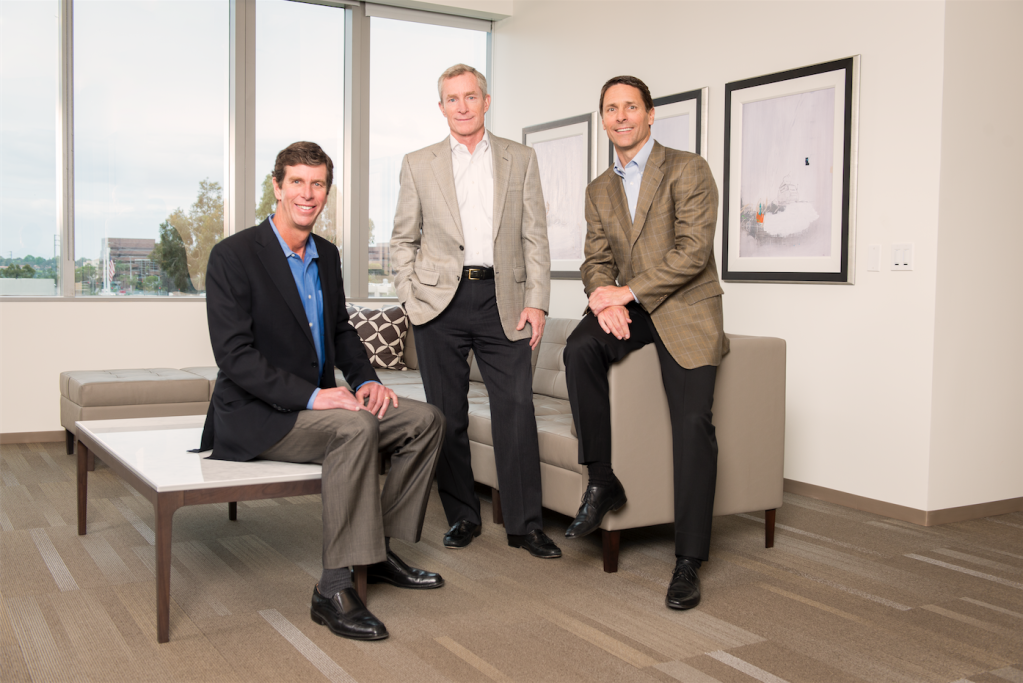Doug Bauer, Tom Mitchell, and Mike Grubbs started a home building business in 2009 right after the housing market crashed. But despite the challenges of the Great Recession, TRI Pointe Group has become one of the largest home building companies in the country, ranking in the top 15 companies on our most recent BUILDER 100 List.
In January 2013, the Irvine, Calif.-based builder decided to go public–the first home builder to do so since 2004–raising $233 million in its IPO. Other builders, including Taylor Morrison and LGI Homes quickly followed suit that year. The decision put TRI Pointe on an upward trajectory, giving it capital to acquire new home building companies and merge with the Weyerhaueser Real Estate Company in a $2.8 billion transaction, the second largest real estate transaction on record at the time.
As the company celebrates the five-year anniversary of going public, BUILDER talked with TRI Pointe CEO Doug Bauer about the company’s growth since its initial public offering.
What made you and the team decide to take the company public at the time?
When we first started the business we partnered with Starwood Capital and they provided us a $150 million private equity commitment. That was really the base capital that gave us the ability to start growing our company. But when you partner with a private equity firm, they typically need an exit strategy and you need to make the company its investment back. This usually leaves you with two options—either go public or sell your company. So, we went public in January 2013 and raised $233 million. First, it gave us more capital to grow, and second, gave our private equity partner a public currency to eventually exit when they saw fit.
Were there challenges?
An IPO is a lot of work, but I wouldn’t say there were any insurmountable challenges we faced because our timing was impeccable. The housing market was just getting its legs underneath it again, so there was very strong investor demand for our IPO despite the fact that we were just a little company with 1,500 lots and revenue around $77 million at the time. But the equity investor community had a huge appetite for investing in housing, so our offering was actually very successful—we even priced outside the quoted range at around $17 for our IPO because demand was so high.
What have been the biggest impacts of the IPO?
In November 2013 we announced that we were going to merge our company with Weyerhaueser Real Estate Company, and we closed on that deal in July 2014. Being a public company gave us the ability to effect that merger, which really was transformative because we acquired five new home building companies, and the merger took us from this little company to one of the top 10 companies by market capitalization today.
What’s the most important thing you’ve learned about running a public home building business?
When you run a public company, you have to know that you’re on what I call the quarterly expectations treadmill, where the investors want to know what you’ve done to build the business. You have a group of shareholders and every quarter they expect you to deliver. Though, more importantly, we are always aspiring to build a strong company culture, and that’s something that hasn’t changed because we went public. We look at this business as a lifestyle brand business, and always want to be passionate about what we are doing and how we treat our team members, trade partners, and customers. We want to continue to build that culture of a very passionate home building company that is focused on the customer experience.
What’s next for TRI Pointe moving forward?
We plan to continue to use our strong balance sheet and capital to grow our six home building brands, whether we do that organically and/or through M&A opportunities outside of the markets that our six home building brands already operate in. Last year we did roughly around $3 billion in sales, and we’d like to double that over the next five to ten years.



